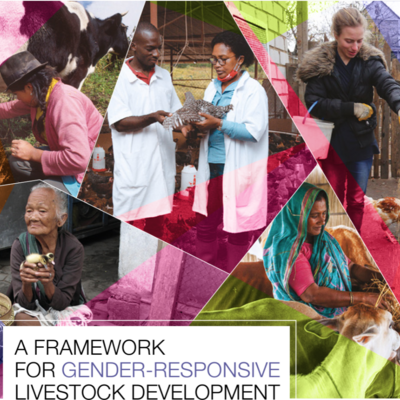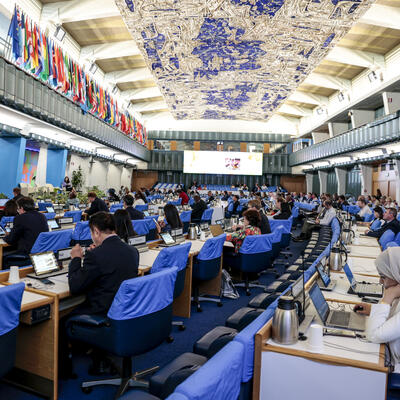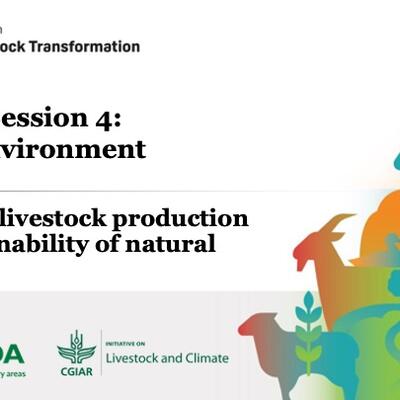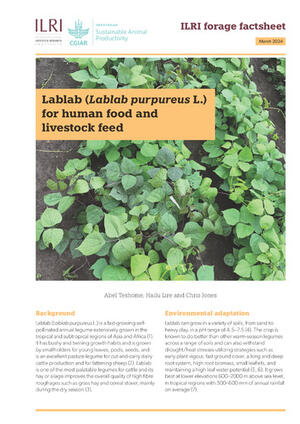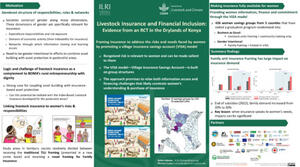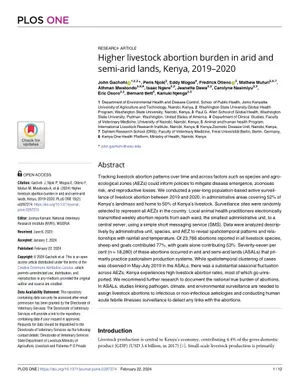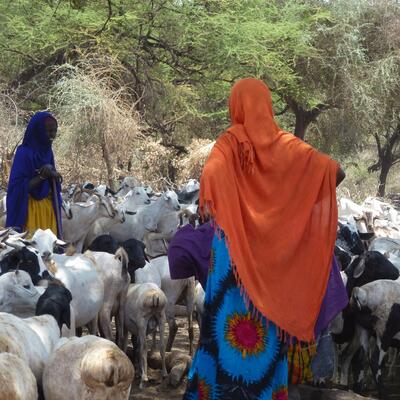
Linking poor livestock keepers to markets
 An estimated one billion poor livestock keepers live in developing countries. About 600 million are found in South Asia, mostly in India. Sub-Saharan Africa has more than 300 million poor livestock keepers, mostly in East and West Africa, but also in the Southern and Central regions. Livestock keepers derive various benefits from their animals, starting with food (milk, meat, eggs) and services (drought). They also earn income when selling livestock or livestock products. Manure used as natural fertilizer is crucial for soil fertility management. Finally, livestock are used as savings and can be sold to get cash in case of an emergency, and in many setups, livestock also provide important social benefits.
An estimated one billion poor livestock keepers live in developing countries. About 600 million are found in South Asia, mostly in India. Sub-Saharan Africa has more than 300 million poor livestock keepers, mostly in East and West Africa, but also in the Southern and Central regions. Livestock keepers derive various benefits from their animals, starting with food (milk, meat, eggs) and services (drought). They also earn income when selling livestock or livestock products. Manure used as natural fertilizer is crucial for soil fertility management. Finally, livestock are used as savings and can be sold to get cash in case of an emergency, and in many setups, livestock also provide important social benefits.
Recent studies have indicated that demand for livestock demand is set to increase significantly in the next twenty years, as a result of increased population, urbanization, economic growth and change in dietary preferences. It has further been reported that this increase is expected to be highest in sub Saharan Africa. In the November 2014 issue of Rural 21, Isabelle Baltenweck , a senior Agricultural Economist at the International Livestock Research Institute (ILRI) explains why now more than ever, it is important to link small-scale livestock farmers to markets and how this can be done.
Baltenweck describes reasons why livestock keepers are weakly linked to markets and presents some approaches that have been followed to strengthen livestock keepers’ access to markets.





